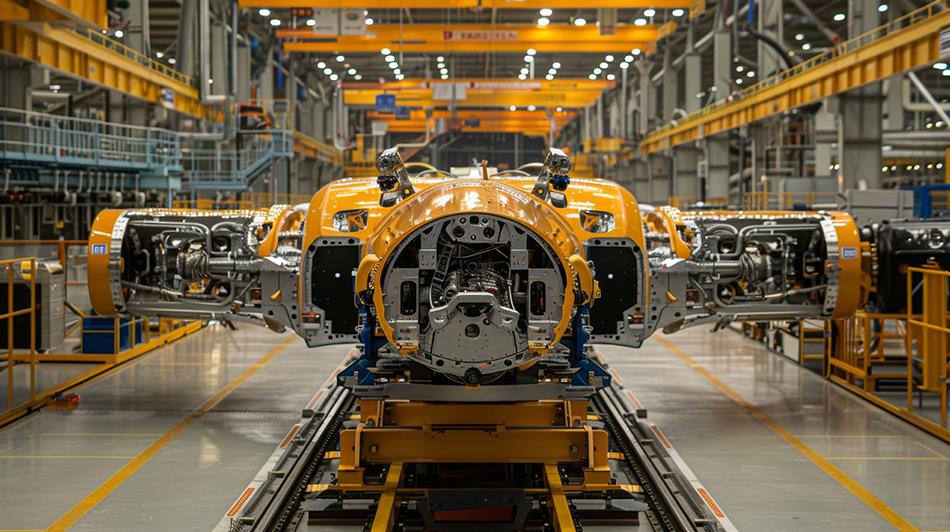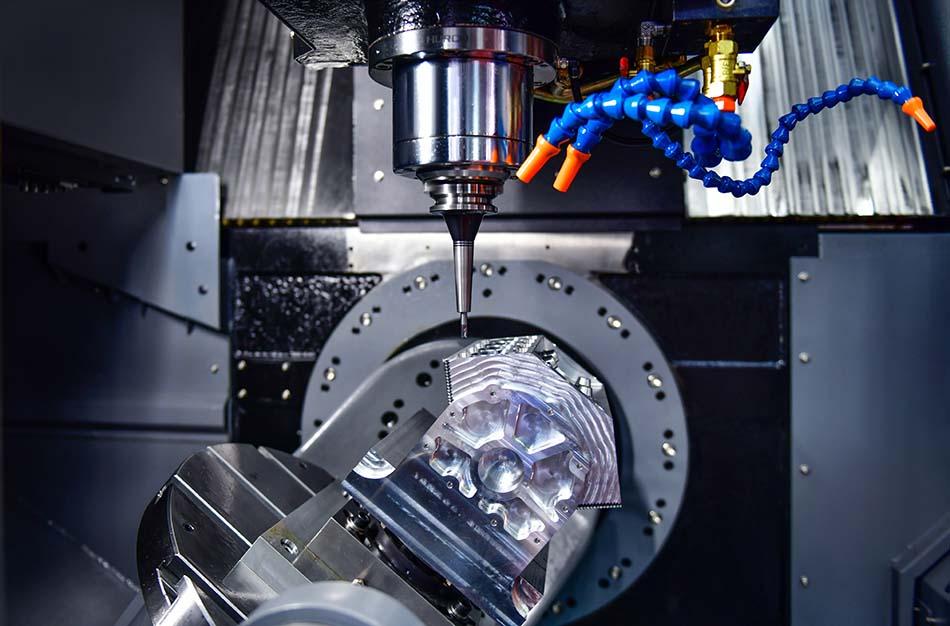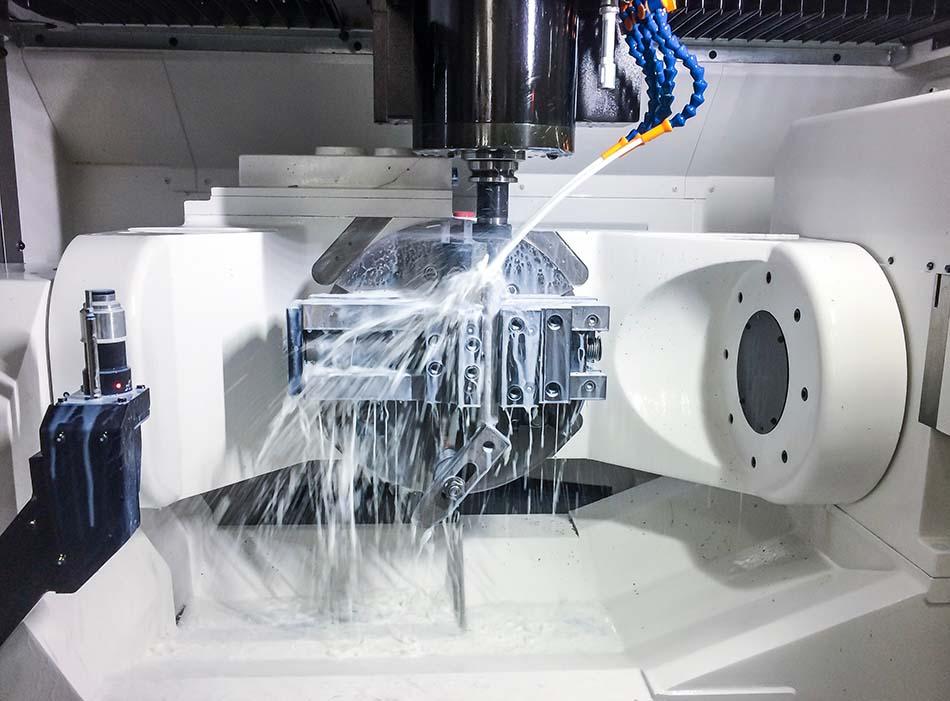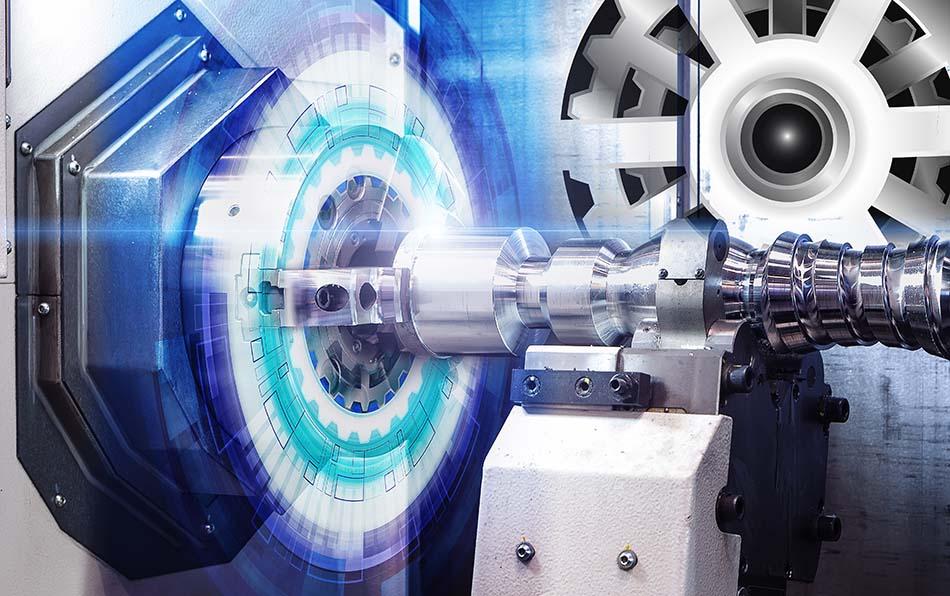Aerospace CNC Machining: Building Safe & Reliable Aircraft
In aerospace CNC machining, precision and reliability are more than just important—they’re essential. Every single part of an airplane or spacecraft, from its sleek outer panels to the smallest engine components, must be made with extreme accuracy. Even tiny mistakes can cause big problems, like wasting fuel or causing parts to break.
CNC (Computer Numerical Control) machining is a technology that helps engineers make these exact parts. It uses computers to guide machines, ensuring that every piece is made perfectly. With CNC machining, manufacturers can produce parts that are consistent, efficient, and incredibly accurate. This technology is a must-have in the aerospace industry.
This guide will explain what CNC machining is, why precision is so important in aerospace, and how CNC technology is used to create high-quality parts for airplanes and spacecraft.
Why Is Precision Important in Aerospace?
CNC machining is a process that uses computers to control tools like drills, lathes, and milling machines. Instead of being operated by hand, these tools follow digital instructions created from 3D computer models. These instructions tell the machines exactly how to move and what to cut, ensuring that the parts come out exactly as designed.
In aerospace, CNC machines often work with advanced tools that can handle strong and lightweight materials. The goal is to make parts that are extremely precise, fitting together perfectly and staying strong under tough conditions.
1. Safety Comes First
Airplanes and spacecraft face extreme conditions, like strong forces, high speeds, and intense heat. Every part must work perfectly to keep people safe. For example, the blades in an engine must be the exact shape to create the right amount of thrust. CNC machines ensure that every part is made exactly as needed, reducing the chance of failure.
2. Complex Designs Are Common
Aerospace parts often have complicated shapes, like curved surfaces or tiny internal channels. These designs help improve performance but are hard to make by hand. CNC machines can handle these challenges, creating detailed parts with incredible precision.
3. Special Materials Are Required
Airplanes and spacecraft are made from materials that are lightweight but strong, such as:
- Titanium: Strong and resistant to corrosion, often used in engine mounts and landing gear.
- Aluminum: Lightweight and easy to shape, commonly used in airplane bodies.
- Nickel Alloys: Can handle extreme heat, making them perfect for engine parts.
- Carbon Fiber Composites: Lightweight and very strong, used in many aerospace structures.
CNC machines can cut and shape these materials with great accuracy, ensuring they perform well under tough conditions.
What Aerospace Parts Are Made With CNC Machines?
CNC machines are used to make many important airplane parts. For example, turbine blades, which get very hot and deal with a lot of force, are shaped perfectly to help engines work better. Airplane frames, like wing supports and fuselage panels, are made strong but lightweight, so the planes last longer and use less fuel. Landing gear, which holds the planeu2019s weight during takeoff and landing, is made to be super strong and safe. CNC machines also create protective cases for the electronics that control navigation and communication, keeping them safe from vibrations and heat.
How Does CNC Machining Help Aerospace Manufacturing?
High Accuracy and Consistency
CNC machines can make the same part over and over again with no mistakes. This is important because all the parts in an airplane need to fit together perfectly. Consistency also makes assembly faster and easier. By reducing errors, CNC machining minimizes waste, which saves both time and resources. This level of accuracy ensures that every aircraft component meets strict safety and quality standards.
Faster Production
CNC machines work quickly and can run 24/7. They also require less human labor, which speeds up production. This is especially helpful when manufacturers need to meet tight deadlines, like delivering new airplanes to airlines. Automated systems also reduce the chance of delays caused by human error. This efficiency allows aerospace companies to meet growing demands without compromising on quality.
Perfect Fit for Complex Designs
Aerospace engineers often design parts with advanced features, like cooling channels or lightweight lattice structures. CNC machines can create these complex designs with precision, turning innovative ideas into real parts. This capability allows engineers to experiment with new shapes and materials, driving innovation in the aerospace sector. With CNC machining, even the most intricate designs are brought to life accurately and reliably.
Tight Tolerances for Better Performance
CNC machines can make parts with very tight tolerances, meaning the parts are the exact size and shape needed. This ensures engines run efficiently, wings provide the right lift, and all systems work as designed. Tight tolerances also reduce wear and tear on components, extending their lifespan. By maintaining precise measurements, CNC machining enhances overall aircraft performance and safety.
Quality Assurance in Aerospace CNC Machining
Aerospace parts need to meet high safety and performance standards. CNC machining helps with this by using strict checks and keeping detailed records.
After parts are made, they are carefully inspected with tools like lasers and ultrasonic scanners. These tools check everything, from the size of holes to the surface finish, making sure the parts meet exact requirements. CNC machining helps make this process easier and reduces mistakes.
Every aerospace part has a history. Records keep track of the materials used, the tools involved, and the manufacturing steps. If there is ever a problem, engineers can trace it back to find the cause. CNC machining helps keep these records automatically, making it easy to track everything.
Recent Advancements and Emerging Trends in Aerospace CNC Machining
CNC machining for aerospace is always improving. Engineers and manufacturers are constantly looking for ways to make parts faster, more efficiently, and with better quality. Here are some exciting advancements:
5-Axis and Multi-Axis Machining
Traditional CNC machines move in three directions: up/down, left/right, and forward/backward. However, 5-axis CNC machining adds two more directions, allowing tools to move at angles. This lets manufacturers create very complicated parts in one setup instead of many. For example, producing aerospace parts like turbine blades with cooling channels can be done faster and with greater accuracy.
Automation and Smart Factories
Factories are becoming smarter by using robotics and sensors. Robots can load and unload parts, change tools, and even check parts for quality. Sensors monitor machines, making adjustments to ensure precision. This “lights-out” machining means factories can run without people present, saving time and reducing costs.
Hybrid Manufacturing
Hybrid manufacturing combines 3D printing with CNC machining. First, a part is printed close to its final shape, which saves material. Then, CNC machining refines the details to ensure everything fits perfectly. This is great for lightweight aerospace components with complex geometries, such as internal channels or lattice structures.
New Materials and Tools
As aerospace materials get stronger and lighter, CNC tools improve too. Advanced materials like aluminum alloys, superalloys, and carbon composites require special tools to cut them. These tools are now tougher and last longer, making machining faster and more accurate. Coolants and vibration controls also help machines handle these materials better.
Built-In Quality Checks
Modern CNC machines can check the parts they make during production. They use lasers, probes, and sensors to measure dimensions and surfaces. If something is off, the machine can stop and fix the issue before continuing. This reduces waste and ensures every part meets strict performance standards.
The Future of Aerospace CNC Machining
The future of CNC machining in aerospace is full of exciting possibilities as new technologies continue to improve the process. AI-powered CNC machines are becoming smarter. They can predict when tools need to be replaced, automatically adjust settings, and find better ways to machine parts. This helps save materials, improve quality, and make production faster.
Engineers are also using virtual models, called digital twins, to plan the machining process before it starts. These models help spot problems early, saving time and reducing mistakes. CNC machining is getting more precise, especially for tiny parts like fuel injectors or micro-thrusters. New tools and sensors make it possible to create parts with extremely small details and exact measurements.
Sustainability is also a growing focus. CNC machining reduces waste and allows manufacturers to recycle leftover materials. Making lightweight parts with CNC machining improves fuel efficiency in aircraft, helping reduce emissions and environmental impact.
Beyond Airplanes: Other Uses for Aerospace CNC Machining
CNC machining isn’t just for commercial airplanes. It’s also used in other aerospace applications like spacecraft, satellites, and military equipment.
Spacecraft and Rockets
Spacecraft and rockets operate in extreme environments like vacuums and high radiation. Parts like engine nozzles and structural panels must be very precise and lightweight. CNC machining aerospace parts ensures they meet exact specifications, helping rockets perform efficiently and cost-effectively.
Satellites and Drones
Satellites need strong but light frames to survive launch and operate for years in space. CNC machining makes antenna supports and structural parts that can handle these demands. Drones also rely on aerospace machined parts for lightweight frames and motor housings.
Military Applications
Military aircraft components and defense systems require reliable parts. CNC machining produces engine parts, radar housings, and other components with high precision to ensure these systems perform flawlessly during missions.
The Essential Role of CNC Machining in Aerospace
Aerospace CNC machining is vital for building safe, reliable, and efficient aircraft and spacecraft. It allows manufacturers to create precise parts, handle advanced materials, and innovate with complex designs. From aircraft parts to rockets, CNC machining ensures every component is made with care and accuracy.
As technology advances, CNC machining will play an even bigger role in the aerospace sector. With smarter machines, better materials, and sustainable practices, it will continue to shape the future of flight and exploration, helping us reach new heights and beyond.




